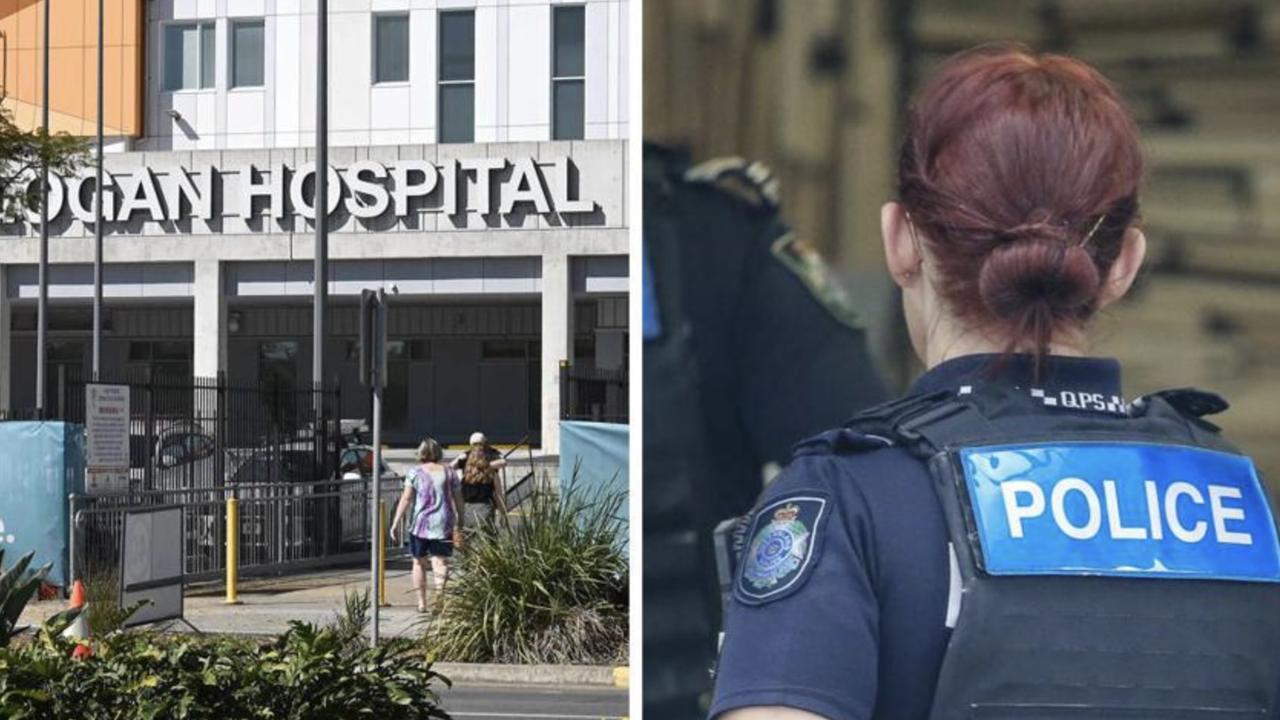Copyright thestar

Prime Minister Mark Carney’s latest immigration levels plan is meant to strike a balance between attracting the best talent to meet Canada’s changing economic needs and fulfilling its humanitarian commitment to refugees and family reunifications. But with the size of the pie shrinking and processing resources at capacity, officials must scramble to add spaces to some programs at the expense of others, especially given the government’s priority to boost the share of skilled immigration amid great economic uncertainty. On Wednesday, a day after the budget revealed some highlights of the levels plan, the Immigration Department released the breakdown of the 2026-2028 targets for individual permanent and temporary residence programs. The appendix sheds light on the winners and losers in the numbers game. Canada plans to welcome 380,000 new permanent residents in each of the next three years, raising the ratio of newcomers in the economic class from 59 per cent in 2025 to more than 64 per cent. While the share of spouses and parents/grandparents will decline from 24 per cent today to 21 per cent, the share of protected persons granted asylum and resettled refugees is expected to fall from 14.8 per cent to 13 per cent. Permanent resident spots for humanitarian programs including those for Ukrainians and Hong Kongers will also gradually drop from 2.5 per cent to 1.3 per cent. On the temporary side, the number of foreign workers arriving will be slashed from 367,750 to 230,000 in 2026, and 220,000 in 2027 and 2028. New international student arrivals will also be cut significantly from 305,900 this year to 150,000 a year for the next three years. Here are the big winners in the new levels plan: Provincial immigration programs Although the overall permanent resident spots for the economic class have only gone up slightly from 232,150 this year to 244,700 in 2028, the provinces and territories will see their share of that pie growing from 55,000 to 92,500 via the provincial nomination programs (PNP). The program allows provincial governments to screen and select prospective permanent residents who best meet their regional economic and labour market needs. “We don’t know how the provinces are going to allocate those PNPs, nor do we know the categories and occupations of the draws,” said Ottawa-based immigration lawyer Cedric Marin, who speaks on behalf of the Canadian Immigration Lawyers Association. “But clearly, it’s a win.” French-speaking immigration applicants outside Quebec The new plan will continue to boost the levels of French-speaking permanent residents settling outside of Quebec from 29,325 in 2025 to 35,175 in 2028. The increase may seem small but will ultimately bring up the percentage of newcomers proficient in French from 8.5 per cent to 10.5 per cent of the annual permanent resident intakes. This move is not without controversy as French-speaking immigrants face challenges in accessing services and finding jobs settling in English-dominant provinces and territories. Under the skilled immigration selection system, proficiency in French itself has given francophone candidates an advantage over other skilled candidates. “What we see is that French speakers outside Quebec are able to immigrate and have a much higher chance of success than those in health care, in STEM, those in other occupations,” said Marin, a francophone from Ottawa. Protected persons who’ve been granted asylum The Immigration Department plans to launch a one-time initiative to grant permanent residence over two years to 115,000 people who have been given asylum but are caught in processing backlogs in Canada. Officials said this number is in addition to the permanent resident targets in 2026 and 2027. “The government was right to provide a response to the thousands of people to whom Canada has offered protection but no permanent status,” said Diana Gallego, president of the Canadian Council for Refugees. “It is not only life-changing for them, but also good for Canadian society as a whole.” But there are people who lose out in the plan: Temporary residents already in Canada The Immigration Department plans to implement a one-time measure to “accelerate” the transition of 33,000 work permit holders to permanent residency in 2026 and 2027. However, as of the end of the third quarter of 2025, slightly more than three million non-permanent residents were in Canada. Many of these temporary residents have worked, studied and invested in their lives here; they have been crushed by the reduced permanent resident levels and could run out of legal status any time. “The concern I’m expressing has to do with the large number of people already here and the fact that we haven’t actually made a plan for them,” said Queen’s University immigration law professor Sharry Aiken. Refugees abroad awaiting resettlement to Canada The federal government and community groups sponsor refugees abroad under Canada’s resettlement program. The new immigration plan will see the annual quotas for privately sponsored refugees drop by 30 per cent from 23,000 this year to 16,000 in 2026, while government-assisted refugees are reduced from 15,250 to 13,250. The Canadian Council for Refugees said more than 90,000 refugees are currently in the private sponsorship backlog alone, and the lower quotas mean a wait time of nearly six years. Permanent residence applicants on humanitarian grounds Ottawa has offered temporary refuge to Ukrainians fleeing the Russian invasion, Afghans escaping the Taliban, Hong Kongers seeking freedom from Beijing and Sudanese affected by their two-year-old civil war. Many are only eligible to stay permanent on humanitarian grounds. The new plan slashes the number of spots from 10,000 to 6,900 in 2026, and 5,000 for 2027 and 2028. “As you can imagine, in this context, they are losers,” said Marin.



